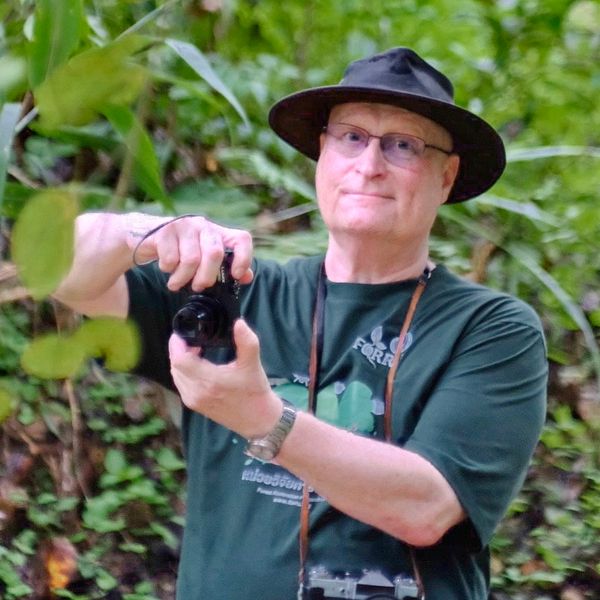Genetic assessment of three Fagaceae species in forest restoration trials

Thongkumkoon P, S. Chomdej. J. Kampuansai, W. Pradit, P. Waikham, S. Elliott, S. Chairuangsri, D. P. Shannon, P. Wangpakapattanawong & A. Liu. 2019. Genetic assessment of three Fagaceae species in forest restoration trials. Peer J. 7: E6958 http://doi.org/10.7717/peerj.6958
Contributors
ABSTRACT: Restoring isolated patches of forest ecosystems in degraded landscapes could potentially lead to inbreeding, leading to loss of genetic variability among small populations of planted trees. This study measured genetic diversity among three Fagaceae species: Castanopsis tribuloides, C. calathiformis, and Lithocarpus polystachyus planted to restore upland evergreen forests in northern Thailand, grown from seed, collected from 4-6 adult trees in nearby intact forest. We tested the hypothesis that genetic diversity would be lower among planted trees in restoration sites, compared with source populations in natural forest, and that inbreeding would be indicated by higher values of incidences of fixation index (Fis) among second-generation seedlings from the planted trees. Microsatellite primers were selected from the entire genome sequence of C. tribuloides and the genetic sequences of C. tribuloides, L. polystachyus, and C. calathiformis were analyzed. Genetic diversity (He) of both Castanopsis species remained high (C. tribuloides, 0.736 & C. calathiformis, 0.481) but was lower for L. polystachyus (0.281). The fixation index for the second generation seedlings of L. polystachyus and C. calathiformis, in the restored forest, showed evidence of inbreeding. These results implied that current seed collection protocols were efficient at maintaining genetic diversity of C. tribuloides and C. calathiformis. However, the detection of inbreeding suggested that collecting seeds from a larger number of source trees would be beneficial in maintaining long-term genetic health of restored forest ecosystems.




